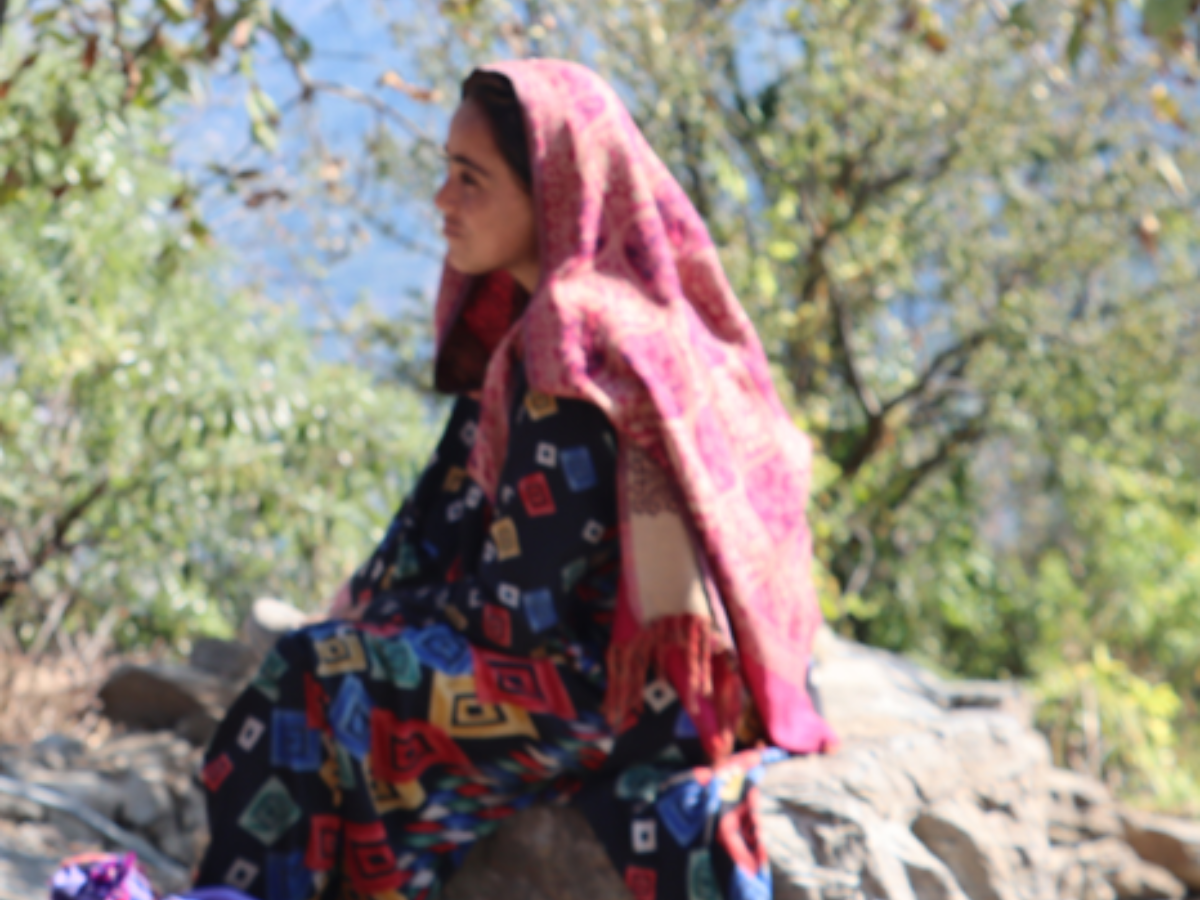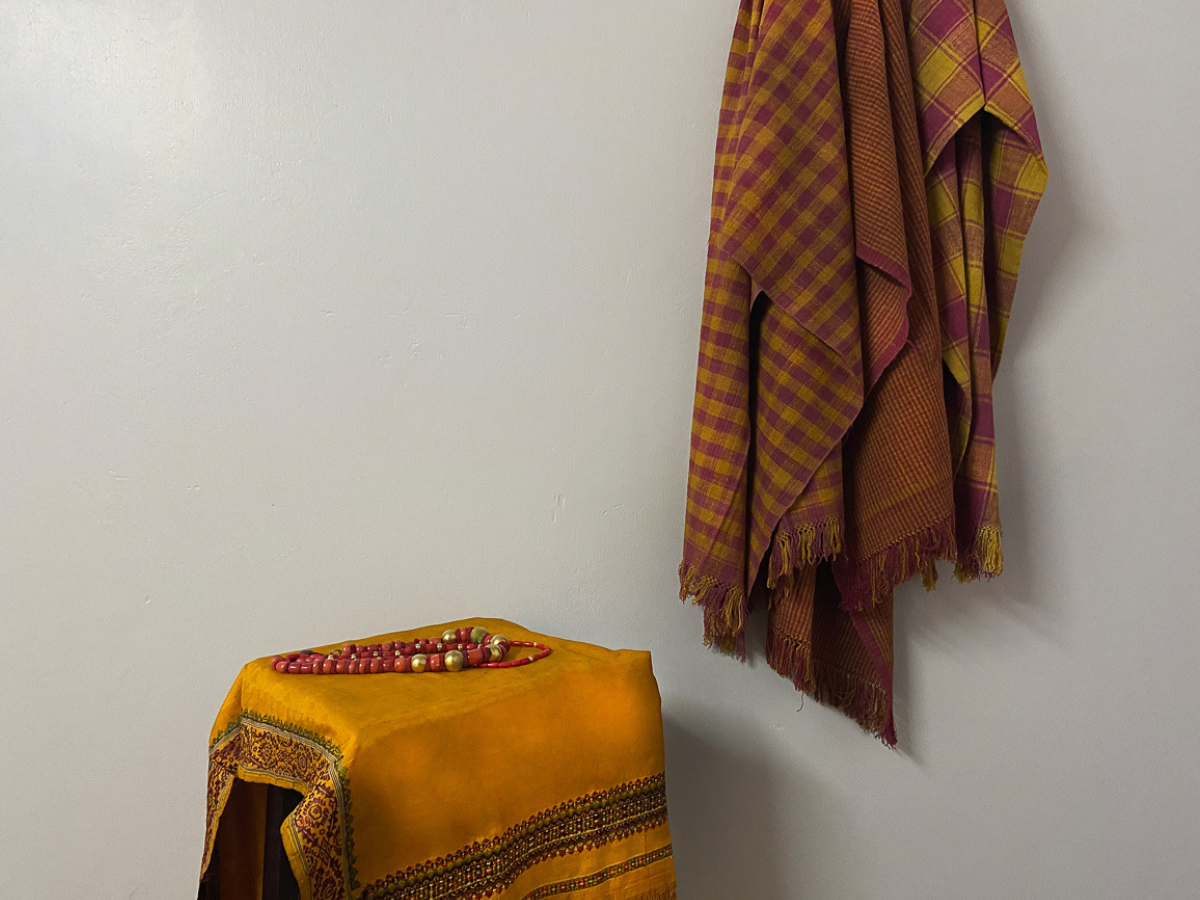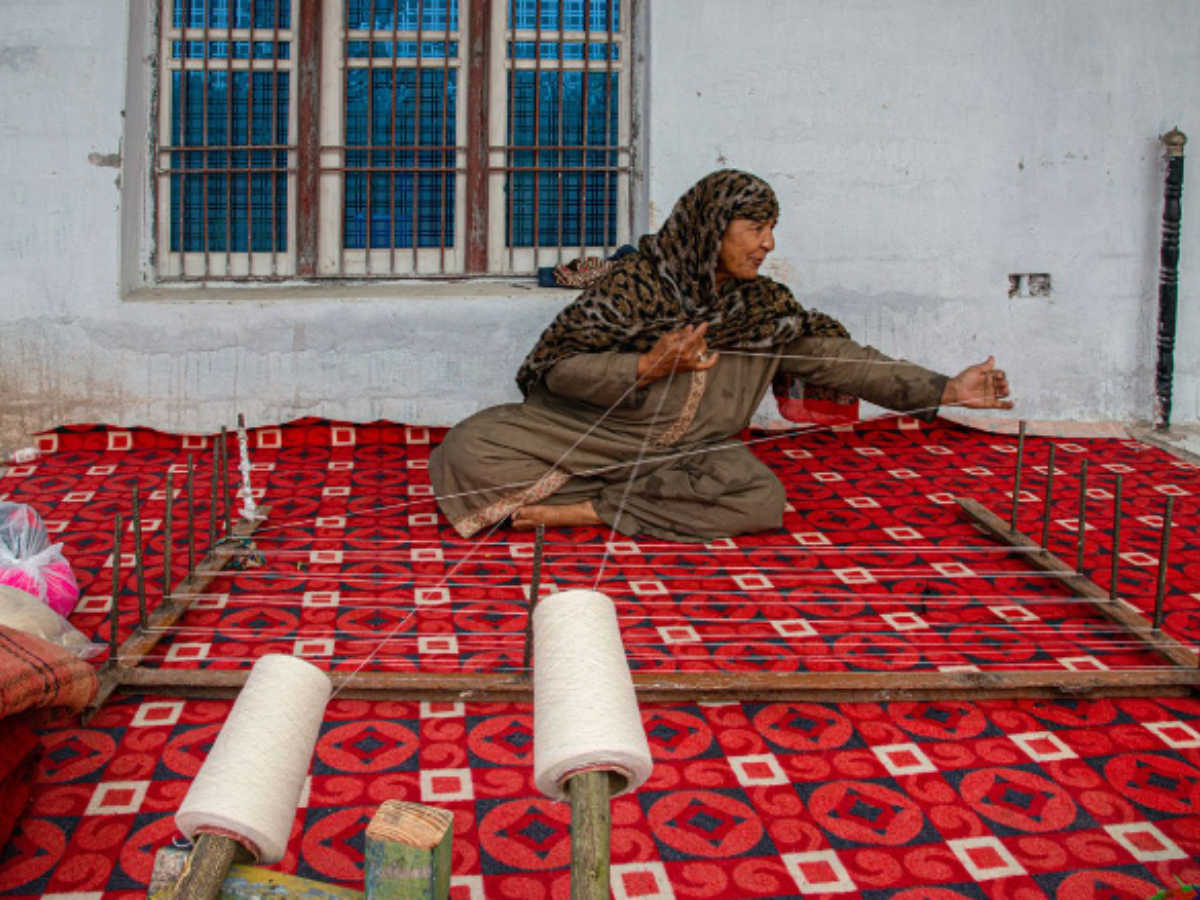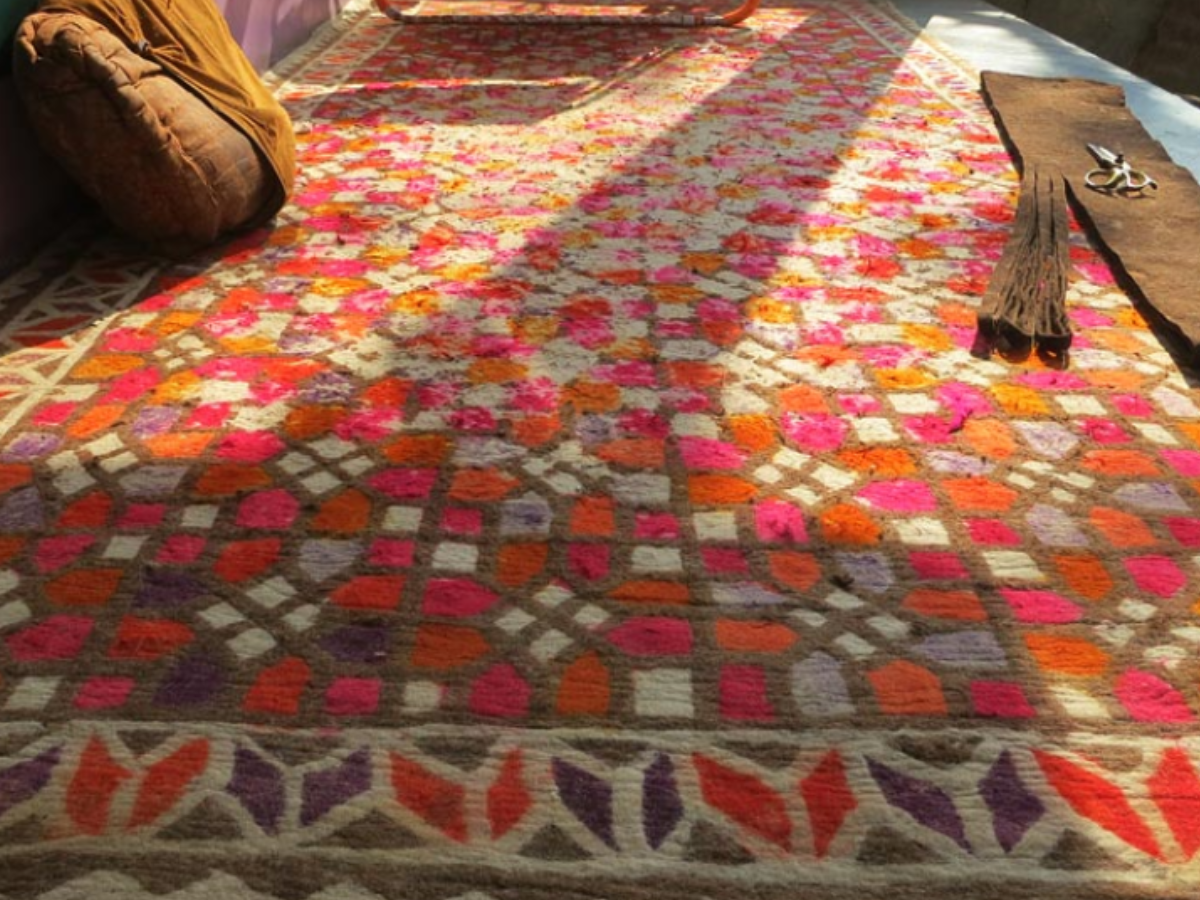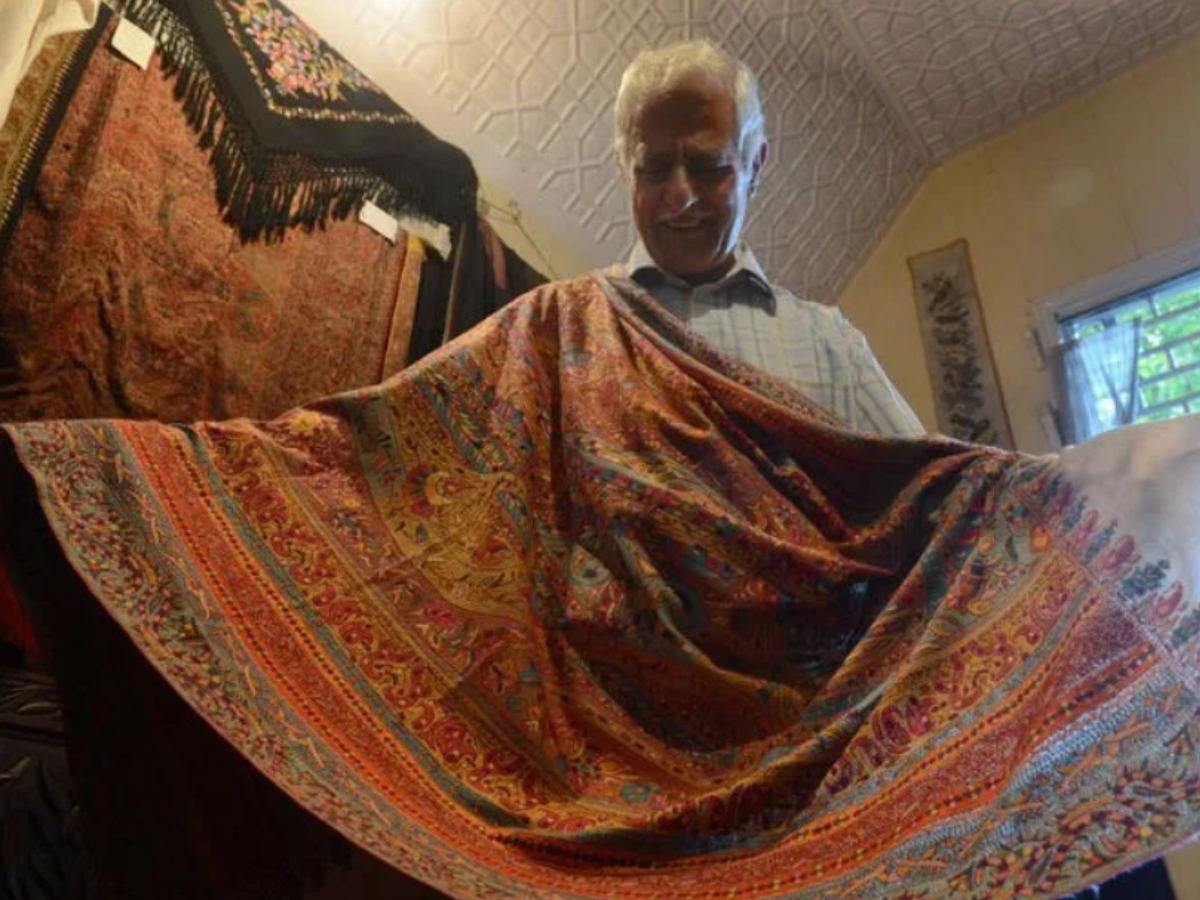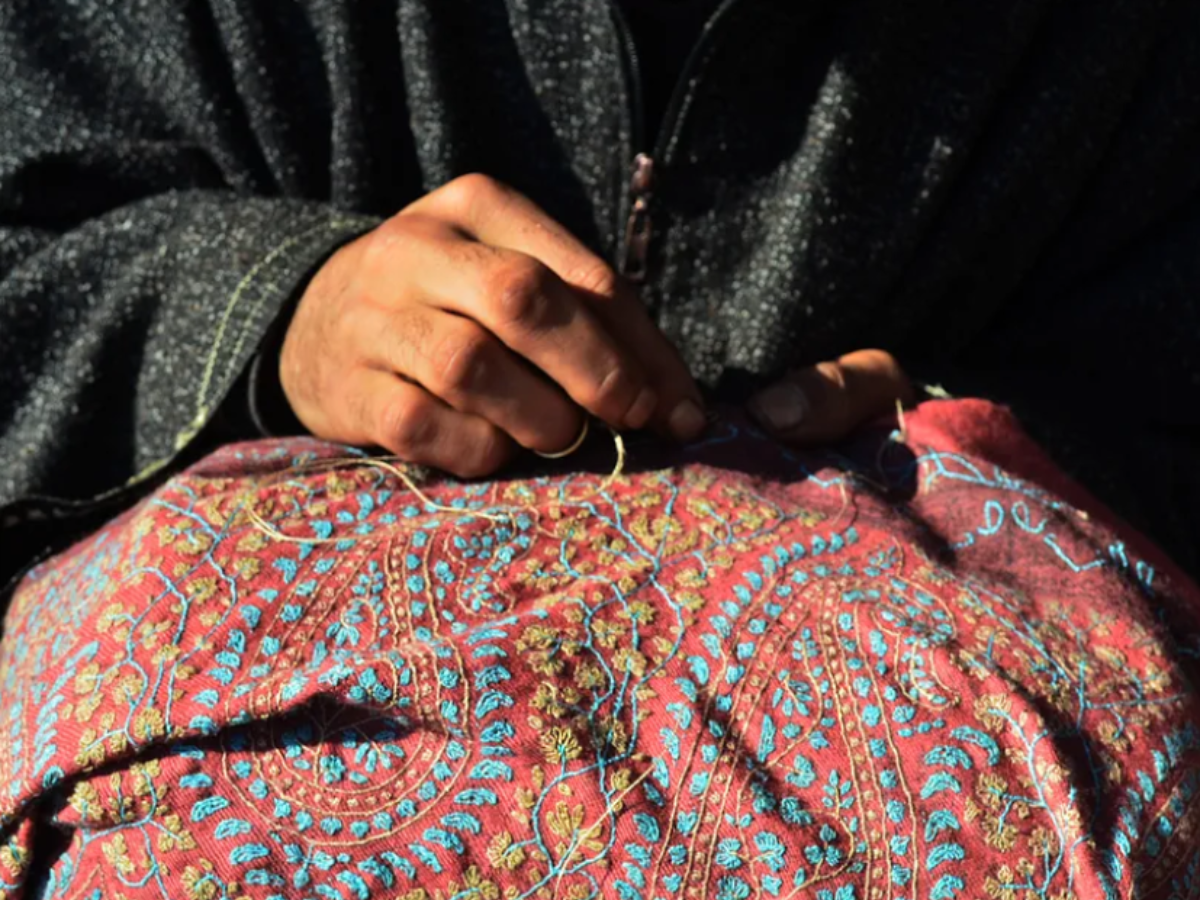Kurto
The Kurto is a long-standing dress within the Gujjar people, particularly rural communities in Jammu and Kashmir. The wool or cotton, knee-length tunic is designed with comfort and flexibility in mind and that of the pastoral and agrarian way of life of the Gujjars. The dress keeps them safe and…


